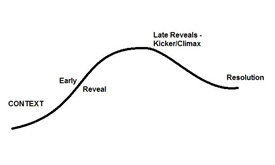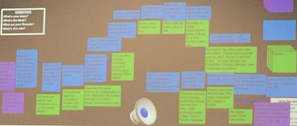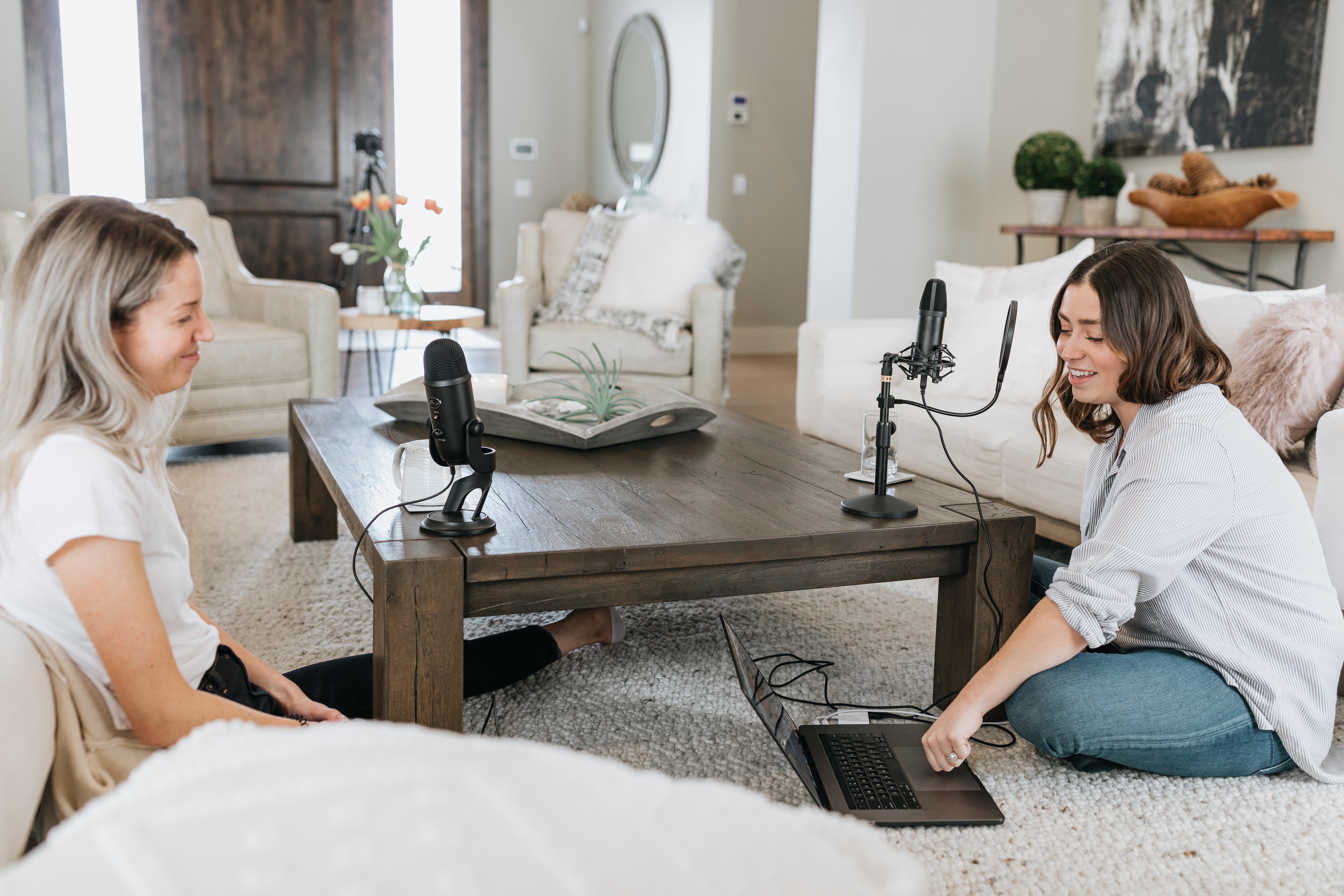A podcast is essentially a radio broadcast piece presented digitally.
Methods
Smith’s Educational Media Producers collaborate with Faculty in the development, implementation and support of curricular digital media projects. These projects can be tailored for the needs of a specific class. Contact Dan Bennett, Senior Educational Media Producer, dbennett@smith.edu.
There are a variety of media production spaces available on campus. Additionally, Smith students, faculty, and staff can check out media production equipment at the Central Service Point in the Neilson Library ground floor Central Hall. A OneCard is needed for checkout. Items available for borrowing include cameras, recorders, microphones, production accessories. Please consult the equipment loans webpage to view a full list of equipment offerings. Students can also use audio apps on their phones.
Students write a script and collect interview clips or sound clips to spice up their narrative. The free program Audacity is a great tool to download for editing audio clips. Interviews or sound can be edited into bite sized chunks surrounded by narration.
Podcast styles vary. The NPR-style reported piece is one option, as are long-form audio narratives such as the podcast Reveal by the Center for Investigative Reporting (see examples below).
Examples
This NPR piece, Om Nom Nom: T. Rex Was, Indeed, A Voracious Hunter, relies on effective employment of standard journalist style, bulleted below.
- Introductory Hook – something catchy and current.
- Nutgraph – the meat of the story – provides the main point or theme (1-2 sentences).
- Mechanistic Development – sequence of facts, quotes, and analysis that tells the story.
- Inclusion of quotes by experts – effective quotes employ key details, characterization, entertaining and clear analogies.
- Counter-argument – usually occurs about two-thirds of the way through the piece.
- Conclusion – what’s the broader meaning and implications.
The podcast and digital platform Reveal shapes their narratives by using a story arc to storyboard three types of events – framing narration (purple), plot points by reporter (blue), and reveals (green):


While student podcasts tend to be most effective when kept short, these longer podcasts contain fantastic examples of podcast elements and structure (the collage of reported voices; the radio personality “conversation”; reported on-the-ground sound effects; interviews with eyewitness, expert and political sources; narrative progression) that students can draw on. The right-hand screenshot is a Reveal rough draft, and would be edited to contain fewer reveals, placed more strategically on the arc. Every Reveal story also has a hook or news peg – why the story is current.
- Broken Ground – The Tip of the Ashberg (and other episodes): Environmental Justice in the U.S. south
- Living Planet: Deep Dive into Food Waste
Student Examples
Students have created and shared podcasts through Smith courses:
ENV 311 – Interpreting and Integrating Information
FYS 196 – The Language of Love
Learning Goals
- Journalistic style
- Awareness of audience
- Effective presentation style
Multimedia Expansion
Podcasts can be sourced from written public discourse assignments like news articles (view module here) or op-eds (view module here). Websites or blogs (view module here), Twitter posts and tweetstorms (view module here), or Instagram (view module here) can serve to bring public attention to the piece.



